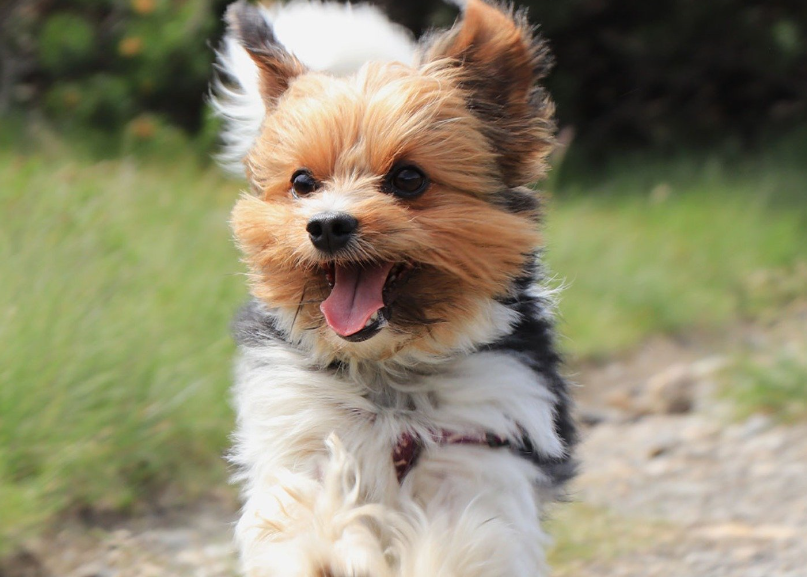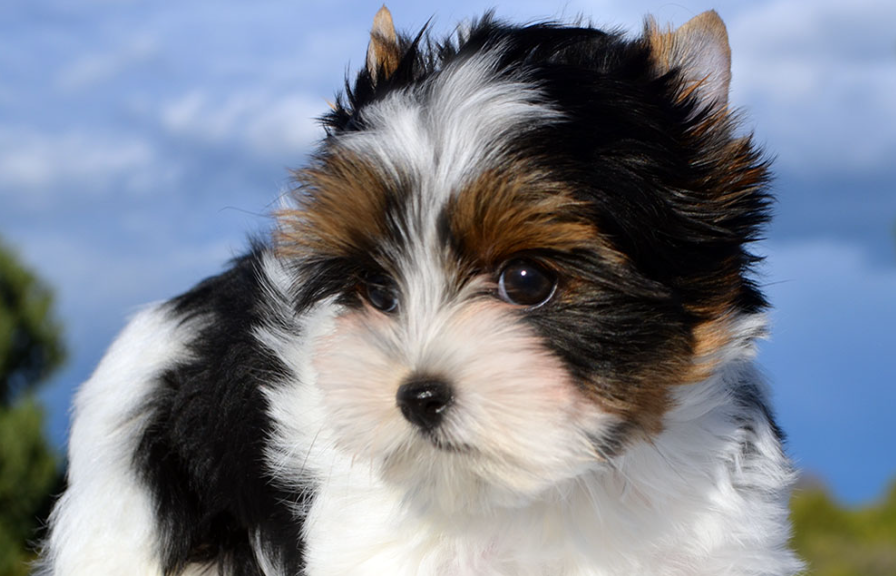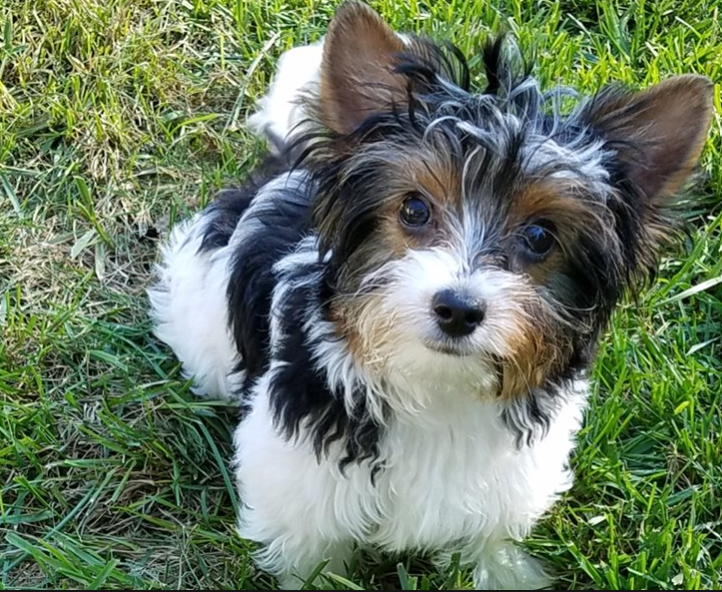
Intriguing facts about Biewer Terrier dog breed
The little dog breed known as the Biewer Terrier was created in Germany. Werner and Gertrud Biewer, a couple who were passionate about breeding Yorkshire Terriers with unique coat patterns, produced them in the 1980s. The Biewer Terrier is renowned for its long, silky coat that comes in a variety of colours, such as white, black, and tan. They have a tiny, well-proportioned figure and radiate vitality and confidence.
The friendly and affectionate nature of Biewer Terrier dog breed
These dogs are excellent friends and very intelligent. They love spending time with humans and are well-known for being loyal and affectionate to their owners. Biewer Terriers are also well-known for being energetic and playful, which makes them great companions for busy individuals or households with small children. Though they might be difficult at times, they pick things up quite quickly and are easy to teach.
The typical temperament of Biewer Terrier dogs
Biewer Terriers are little dogs with enormous personalities. They are often described as brave, perceptive, and confident. Although they are not usually violent, they may be leery of strangers and can bark to let their owners know if there is something suspicious. including any other breed, Biewer Terriers might be prone to specific disorders, including dental problems and patellar luxation, despite their overall good health.
Fascinating facts about the Biewer Terrier dog breed
The Biewer Terrier is unbeatable when it comes to little, cute canines. With its distinctive look and endearing nature, this relatively young breed has been more and more popular in recent years, capturing the hearts of dog lovers. Here are some interesting facts about the Biewer Terrier in case you’re interested in knowing more about this wonderful canine friend. With an intriguing past and an endearing nature, the Biewer Terrier is an alluring breed.

The origin and history of the breed
The Biewer Terrier developed in Germany in the 1980s and is often referred to as the Biewer Yorkshire Terrier or the Biewer à la Pom Pon. The story began with Schneeflocken von Friedheck, a Yorkshire Terrier, and her odd tricolored pups, which deviated from the typical colours of the breed. The enthusiastic Yorkshire Terrier breeders Werner and Gertrud Biewer were drawn to these pups. They chose to create a new breed because they were enthralled by the distinctive colouring.
The Biewer Terrier dog breed and its origin as a newly created breed
The Biewers created the breed that is currently known as the Biewer Terrier through meticulous breeding and selection. They were added to the official list of recognised breeds very recently, having received recognition from the American Kennel Club (AKC) in 2021.
The physical appearance of Biewer Terrier dogs
The Biewer Terrier is a petite and graceful canine that ranges in weight from 4 to 8 pounds (1.8 to 3.6 kg) and shoulder height from 7 to 11 inches (18 to 28 cm). They have a long, silky coat that is available in brown, white, and black hues. Their coat’s distinctive tri-colored pattern is sometimes likened to that of a Yorkshire Terrier.
Unique features of Biewer Terrier dogs, long, silky hair and tri-colored coat
The gorgeous, flowing hair of the Biewer Terrier is one of their most characteristic traits. Regular grooming is necessary to protect their coat from matting and to maintain its finest appearance. To keep your Biewer Terrier’s opulent hair looking great, many owners choose to have them professionally groomed. These puppies have gained a lot of popularity among dog lovers because of their distinctive tricolored coats as well as their warm and loving personalities.
Friendly and affectionate nature of Biewer Terrier dogs
In addition to their endearing looks, Biewer Terriers are renowned for their amiable and loving personalities. They make wonderful companions since they are dedicated to and faithful to their families. They are little in appearance, yet they have a bold and self-assured mentality, sometimes oblivious to their own modest size.
Adaptability as family pets of Biewer Terrier dogs
These dogs like being with people and participating in family activities. When properly socialised, they get along nicely with other pets and are typically excellent with youngsters. Because of their intelligence and desire to please, Biewer Terriers are very easy to teach. Be ready to give your Biewer Terrier the love, care, and attention they need if you’re thinking about bringing one into your home.
How to properly train and socialize Biewer Terrier dogs
Biewer Terriers are normally well-mannered, although sometimes they may be obstinate or independent. The finest training techniques for this breed are those that provide consistent and positive reinforcement.
Exercise importance for Biewer Terrier dogs
Regular exercise, a balanced diet, and veterinary care are necessary to maintain their overall health. Biewer Terriers need a reasonable amount of activity despite their little stature. They are happy to engage in indoor activities as well as regular walks and playing. Given their compact stature, they may live happily in apartments as long as they have frequent exercise and cerebral stimulation.
The grooming needs of Biewer Terrier dogs
They need to regularly groom their long, silky coat, as was previously indicated. This entails frequent showers to keep their coat clean and healthy and brushing to avoid matting. To keep their dog’s coat in good shape, many owners of Biewer Terriers choose to have their dogs professionally groomed every four to six weeks.
Common health issues associated with Biewer Terrier dogs
Biewer Terriers are prone to specific health problems, just like any other breed of dog. In this breed, dental issues, hepatic shunts, and patellar luxation are a few frequent health issues. A balanced diet and regular veterinarian exams are crucial for preserving their general health and wellbeing.

How to maintain Biewer Terrier’s overall health and increase lifespan
It’s vital to remember that the Biewer Terrier is still a rather uncommon breed and that maintaining their health and preserving their distinctive qualities requires careful breeding procedures.

